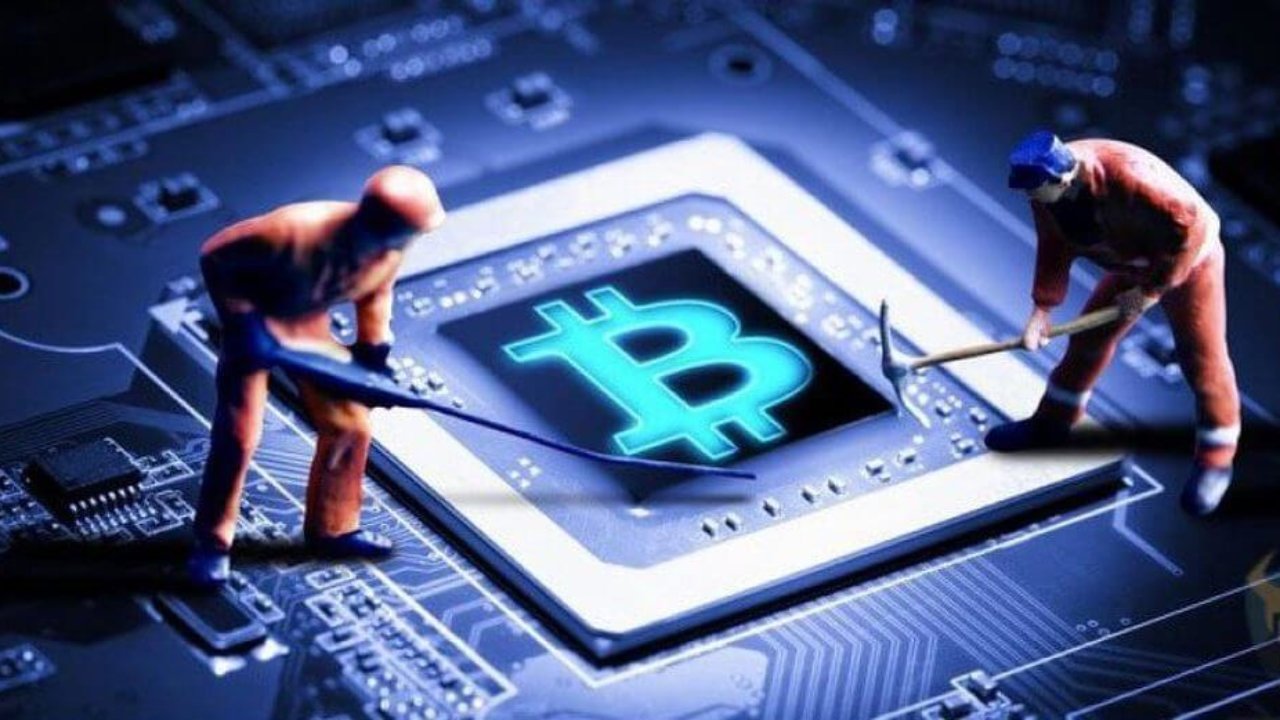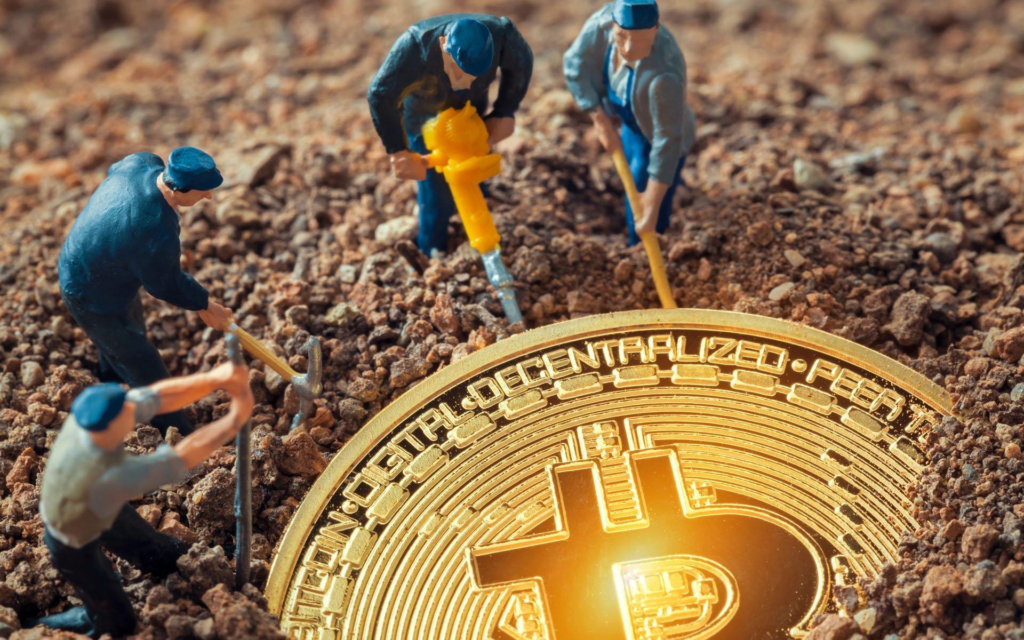Bitcoin mining is the most important step in making sure that transactions are real and that the decentralized Bitcoin network is safe. Miners employ a method called “proof of work” to solve challenging math problems with their computers. This process lets them add new blocks to the blockchain and get new Bitcoin in return. This method makes sure that hundreds of decentralized nodes may agree on things without trusting each other. This arrangement lets Bitcoin work without a central authority.
Bitcoin miners receive a fixed amount of Bitcoin and transaction fees upon successfully mining a block. This reward model encourages miners to process and regulate Bitcoin supply. When block rewards halve every four years, transaction fees will become increasingly crucial for compensating miners.
Evolution and Industrialization of Bitcoin Mining
Bitcoin mining began as a niche hobby for people who liked cryptography and used regular CPUs. As the network became harder to work with, miners switched to more powerful GPUs to get better results. Field-programmable gate arrays (FPGAs) were the next step in the evolution of hardware, and now application-specific integrated circuits (ASICs) are the standard. These specialized computers are made to do the SHA-256 hash functions that Bitcoin’s protocol needs in the most efficient way possible.
Mining farms are special places where thousands of ASICs are used in mining activities today. These factories establish themselves in areas with affordable electricity and favorable weather conditions for cooling. In such a competitive market, efficiency, which is measured in joules per terahash, is an important factor in determining profitability. The switch to ASICs has changed the economics and accessibility of mining in a big way, making it easier for players with money and access to cheap energy.
Environmental Impact and Sustainable Mining
The effect of Bitcoin mining on the environment is one of the most talked-about issues. Critics say that the proof-of-work consensus technique uses a lot of energy and adds a lot to global carbon emissions. However, many studies have demonstrated that numerous mining operations currently utilize renewable or stranded energy sources, such as hydroelectric power, wind energy, and natural gas flaring. As miners try to save costs and be more environmentally friendly, green energy solutions are becoming more and more popular.
Some mining companies locate near renewable energy projects to acquire electricity at a discount. Some corporations use mining equipment heat for farms or homes or act as interruptible loads to balance power grids. These developments show that blockchain networks and sustainable energy infrastructure could work together, contradicting the concept that mining is inefficient.
Bitcoin Mining Economics Explained
The price of Bitcoin, how hard it is to mine, how efficient the gear is, how much electricity it costs, and how many transactions there are all affect Bitcoin mining economics. Bitcoin’s rising value makes buying more hardware and growing the firm more tempting. This increased network hash rate makes mining harder and diminishes the possibility of a single miner solving the next block. Miners must constantly evaluate their operations for profit. Their success requires buying better machines, finding reliable and affordable electricity, and sometimes crossing borders to take advantage of energy or regulatory incentives.
Bitcoin price changes can affect miners greatly. Bear cycles often involve consolidation, innovation, or industry departures. People may now rent hash power from cloud mining services without buying gear. This simplifies mining, but counterparty failure, hidden fees, and lesser payouts are risks, especially in fast-changing markets.
Bitcoin Mining Global Landscape
Bitcoin mining happens all around the world, but where it happens depends a lot on things like energy prices, infrastructure, political stability, and clear rules. In the past, China was the most important player in mining because it had inexpensive hydroelectric power and no government regulation. But as the government cracked down, many miners left. Many miners relocated to North America, Central Asia, and parts of Europe, where renewable energy is accessible.
Governments are responding to the industry’s growth with a mix of rules and rewards. Texas and some regions of Canada, for example, have embraced mining as a way to make money from extra renewable energy and create jobs. Others have imposed moratoriums or strict controls due to environmental and grid concerns. As more institutional money goes into the mining sector, it becomes more necessary for policies to be clear. Legal rules around taxes, emissions reporting, and consumer protection are changing the way mining firms do business and grow in the future.
Final thoughts
Bitcoin mining will undoubtedly continue to come up with fresh ideas. Immersion cooling is being tested to lower operating expenses and extend equipment life. Designers are tweaking chips to use less power to lengthen their lives. The shift may lower miners’ transaction fees, but it makes Bitcoin more scalable and easier to use globally. Fee-based revenue models will make it difficult for miners to keep transaction inclusion competitive, efficient, and economically viable as the block reward decreases.

